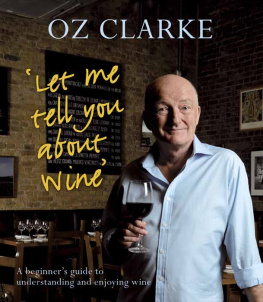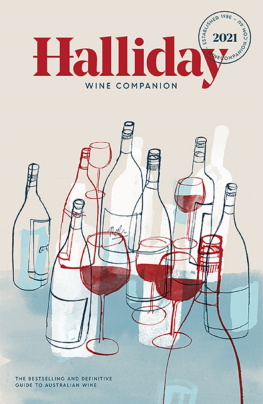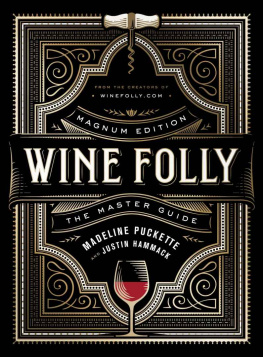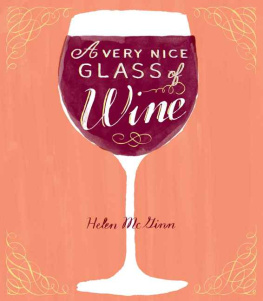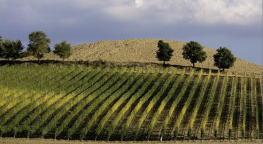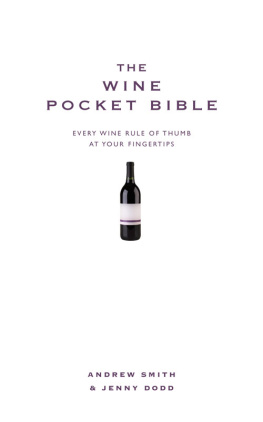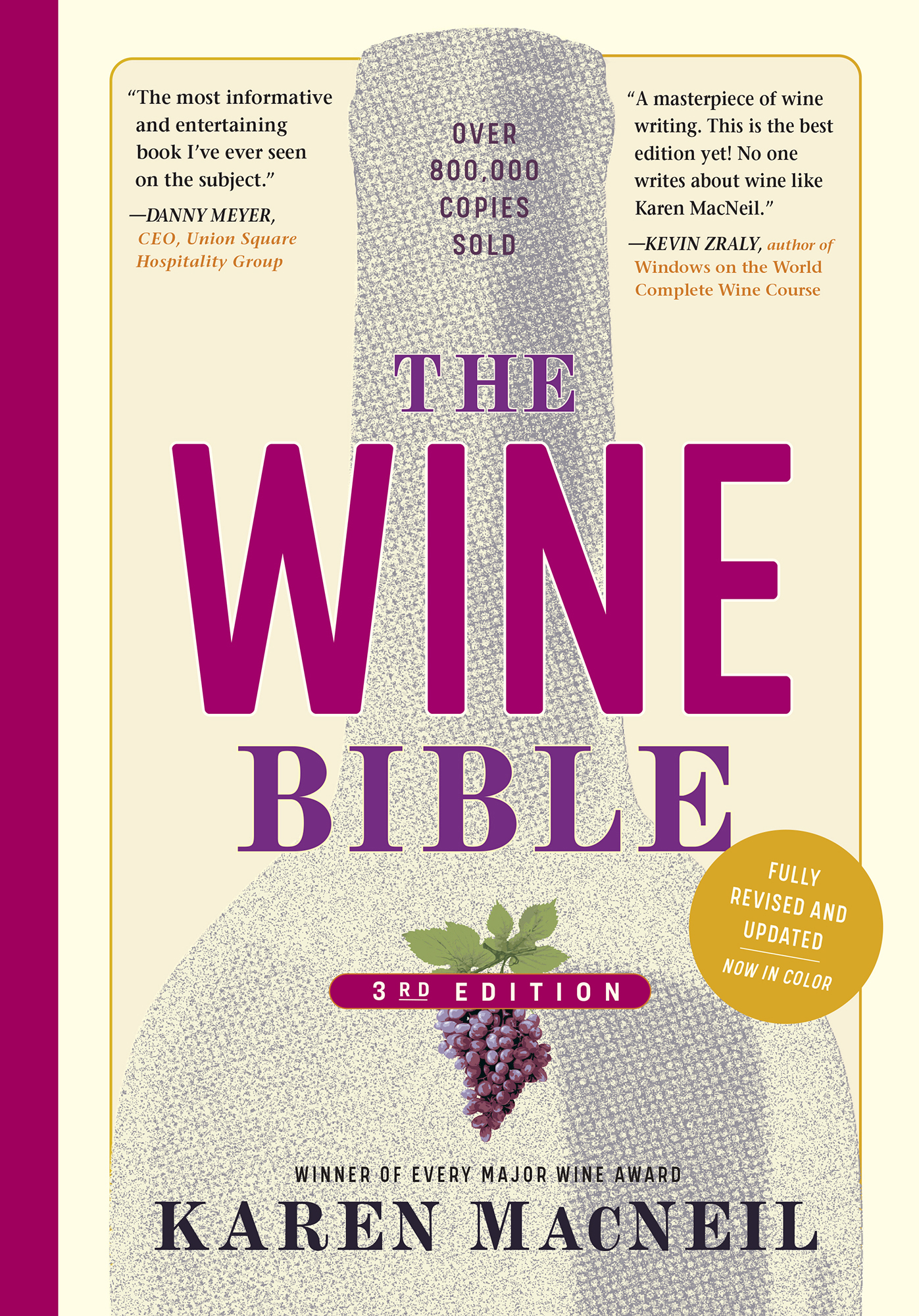Contents
Guide
Page List
The
Wine
Bible

3rd Edition
Karen M ac neil
WORKMAN PUBLISHING NEW YORK

To Michael, whose love has made the long
journey all worthwhile.
And to Emma, who lives in my heart every
moment of every day.
And to the lesson of red tulips...

Contents
INTRODUCTION
How The Wine Bible Came to Be
W hen you taste wine for a living, you get asked a lot of questions. Was there a special bottle that changed your life? Did your parents drink great wine, Bordeaux or maybe Burgundy? Did you go to a prestigious wine school? Did your love of wine and food come from traveling in Europe?
For me, none of those were the case.
I grew up in a poor, uneducated Irish Catholic family. I left home at fifteen and worked before and after school and two jobs on the weekends to support myself through high school. In my sparsely furnished one-room apartment, I did my homework while drinking a glass of wine each night.
At first, it was a Bulgarian red that cost 89 cents a bottle. After a year or so, I graduated to German Liebfraumilch that went for about $1 a bottle, then Lancers ros and eventually cheap Chianti in straw-covered bottles. I loved every one of them.
At nineteen, I moved to New York to become a writer, although Id never gone to journalism school or even taken a writing class. During the first two years, I collected 324 rejection slips. I thumb-tacked them to the wall of my fifth-floor walk-up apartment on the edge of Hells Kitchen. Back then, just about every New York neighborhood had great cheap ethnic food, and the liquor store near me always had a bin full of bargain wine near the cash register by the door. This was a relief because it meant I didnt have to go deep into that scary store. Proper wine shops with wine bottles cradled on mahogany shelves were out of the question. Those were too terrifying even to enter.
Butter was my big break. Or rather, a story I wrote about artisanal Hudson Valley butters. The Village Voice bought it for $30. Ecstatic, I immediately went out to a nightclub, sat at the bar, ordered the one bottle of Champagne on the list (Pommery), and drank the whole thing. The Village Voice story opened doors. Soon I was writing about food for a dozen other publications, which allowed me to get off food stamps. But what I really wanted to write about wasnt foodit was fine wine.
Which was problematic, because aside from that Pommery, Id yet to taste anything that could reasonably be called a very good wine. How could I write about something I couldnt even taste?
In those days, almost all the wine columns, from Vogue to the New York Times, were written by a handful of men. Winemakers from all over the world flew into New York to conduct tastings for these influential men, one of whom was a friend of mine. Knowing how desperately I wanted to taste good wine, my friend suggested to his colleagues that they let me taste with them.
To my surprise, they agreed. On one condition: that I not talk.
And so it came to pass that I tasted wine with those men just about every week for six years before I got up the courage to write my first wine article (and before I talked). What I remember most about that time is the more I tasted, the more questions I had. Endless questions I wanted to ask but couldnt.
Theres a happy ending to my story because questions can be inspirations. One day years later (after I had taught myself quite a lot about wine and had visited nearly every wine-producing country), Peter Workman called to ask if Id like to write a book on food. (Hed just read a piece Id written for the New York Times Magazine on New England lobster rolls and said he liked my writing style). And I did want to write a book, but the one I wanted to write was on the story of wine.
It took ten years to write the first edition of this book. When I showed Peter the manuscript, he called it The Wine Bible.
From my beginnings with Bulgarian red to today, when I get to taste some of the finest wines in the world, Ive come to see that wine is my path, my light. After more than forty years (and now three editions of The Wine Bible), I am still moved by wines magic, its mysteries, its sheer deliciousness. I still believe that wine touches our hearts and heads in powerful and spiritual ways. Through the simple act of drinking wine, our bond to Nature is welded deep. Every sip taken in the present, we drink in the past. And it is by sharing wine and food that we embrace our own communal humanity.
Karen MacNeil, Napa Valley, May 2022
Acknowledgments
I n the 1980s, while I was working for USA Today as the food and wine editor, my boss asked me to write an article on Champagne full of fascinating facts. Such as? I asked. Well, she quipped, what Champagne does the Navy use to christen ships? I walked back to my desk. In the 1980s, you couldnt just google Navy Champagne. I picked up the phone and called the Pentagons general number. After three hours of being switched from one department to the next and talking to maybe fifty people, I found her, a wobbly-voiced older woman deep in the warren of Navy offices. The same woman who for three decades had bought all the Champagnes smashed over the bows of US ships. The Champagne turned out to be disappointing (a cheap sparkler called Andr), but the lesson was important: There is always someone who knows the answer. You just have to find them.
A book like The Wine Bible does not happen without scores of people you encounter who then become your village. The writing itself is solitary, but the research is dependent on a network of global professionals who help me unearth thousands of facts, plus editors, designers, photographers, winemakers, wine importers and distributors, and so many others who provide generous assistance in ways large and small.
Above All Was Susan Wong, my super talented director of operations who masterminded the organization of this book while helping me run Karen MacNeil & Company at the same time. Susan has never met a challenge she didnt take on full tilt. Her entrepreneurial spirit, superb mind, and great palate are evident in everything she does. Susan and I tasted nearly 8,000 wines for this bookand Ill always remember those afternoons, evenings, and weekends with great fondness. My heartfelt thanks for her tireless work and her friendship.
Along with Susan , there was a team of wine pros whose hundreds and hundreds of hours of research over several years helped bring the third edition of The Wine Bible to life. To Jaclyn Misch, Terence Spies, Stacey Carlo, AnneMarie Failla, and Beth Kaczmarekthank you for being the brilliant, dedicated, exceptional people you are. I am also grateful to a score of other wine professionals who helped me on specific chapters. To Jnai Gaither, Kristin Meister, Jodi Bronchtein, Brian Huber, Janie Woo, Nina Rosas, and Paul Kavanaghthank you.


